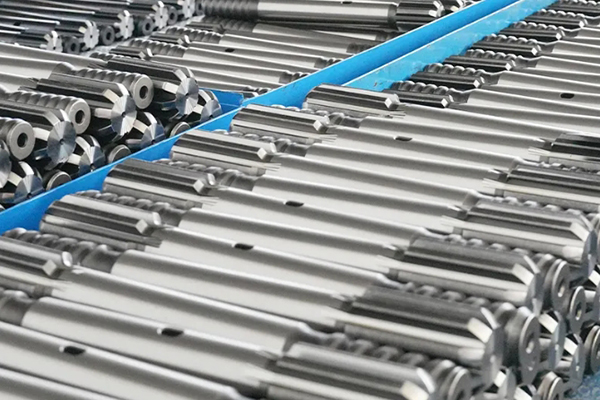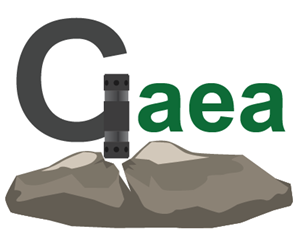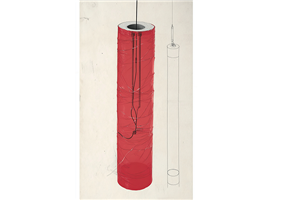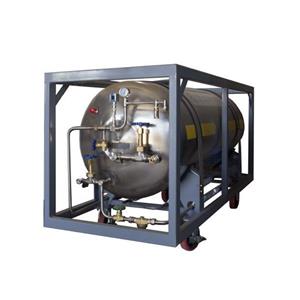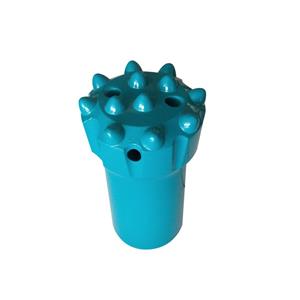Analysis and prevention of hydraulic rock drill tail fracture
The shank is the core component of the hydraulic rock drill that transmits the rotational force and impact force. It must withstand the complex load transmitted by the impact piston and the rotary motor during operation. The abnormal fracture of the shank is a typical fault, which often occurs when the operation is less than 10 shifts, and the fracture position is mostly at the root or thread of the thread.
Fault analysis of abnormal fracture of the shank
01
The impact force generated by the rock drill during operation may cause the bolts connected to the mounting plate to gradually loosen, causing the rock drill to swing during operation.
02
If the wear of the inner hole of the shank guide sleeve exceeds the standard value and is not replaced in time, this will cause the gap between the rock drill and the guide sleeve to increase, causing the front end of the shank to shake during operation.
03
The rock drill is not lubricated enough, so that the shank cannot be effectively cooled and lubricated during rock drilling, resulting in excessive temperature and reduced strength of the shank.
04
The propulsion pressure of the rock drill does not match the impact pressure, causing the rock drill to produce empty hitting, and the shank bears a large unnecessary impact load.
05
The rock drill is not properly installed on the propulsion beam, so that the center line of the drill tail is not coaxial with the center of the front and middle drill support holes, causing the drill tail to be subjected to additional radial force.
Preventive measures for abnormal fracture of the drill tail
01
Before starting each shift, check the air lubricating oil spraying of the machine head and observe whether the oil film on the drill tail is uniform. The machine can be started for drilling only after it meets the lubrication requirements.
02
Check the connection between the rock drill mounting bolts and the rock drill mounting seat every 40 impact hours of work. The bolt torque should be normal and the center of the drill tail should be coaxial with the center of the front and middle drill support holes.
03
When drilling, the propulsion pressure of the rock drill should be adjusted in time according to the change of rock hardness. For rocks with higher hardness, the propulsion pressure should be reduced, and for rocks with lower hardness, the propulsion pressure should be increased to prevent the occurrence of empty drilling.
04
Regularly check the inner diameter of the drill tail guide sleeve, and replace the drill tail guide sleeve every 800 impact hours of work to avoid the drill tail from swinging due to excessive wear of the inner diameter of the guide sleeve.
